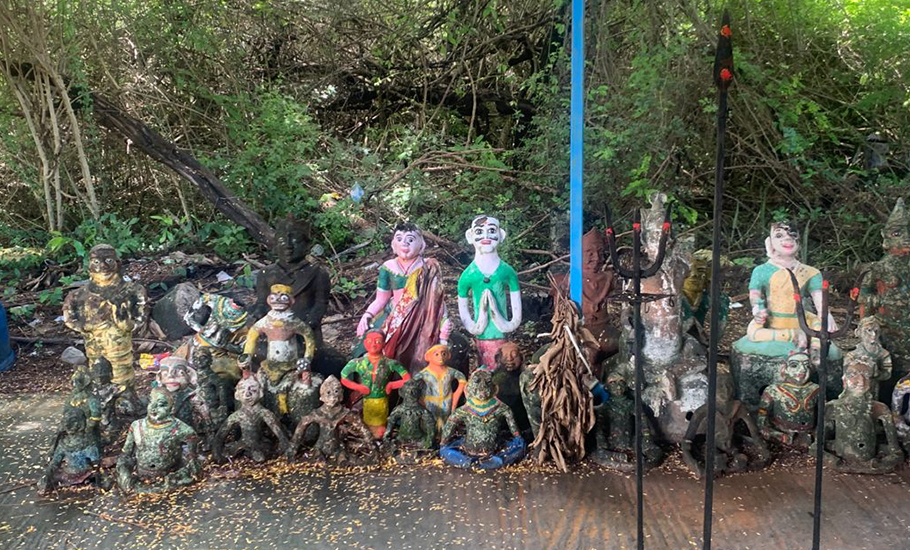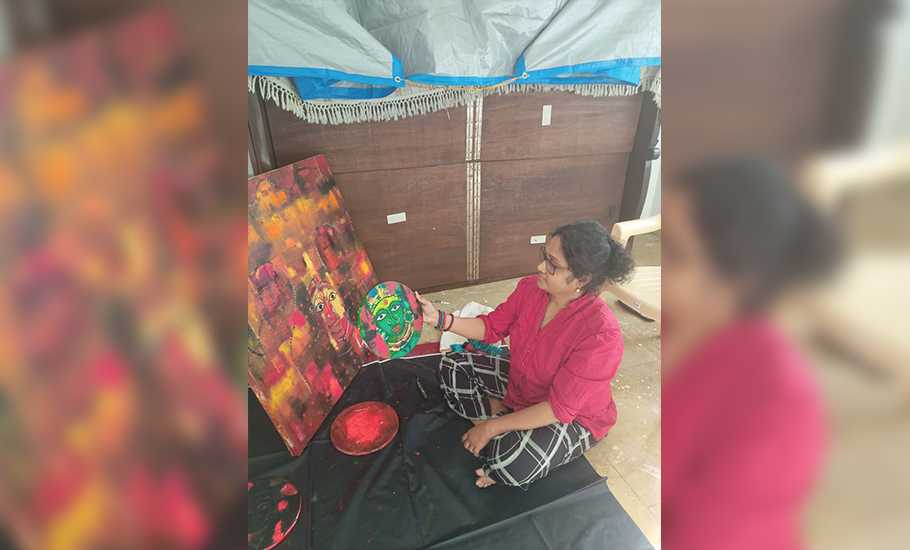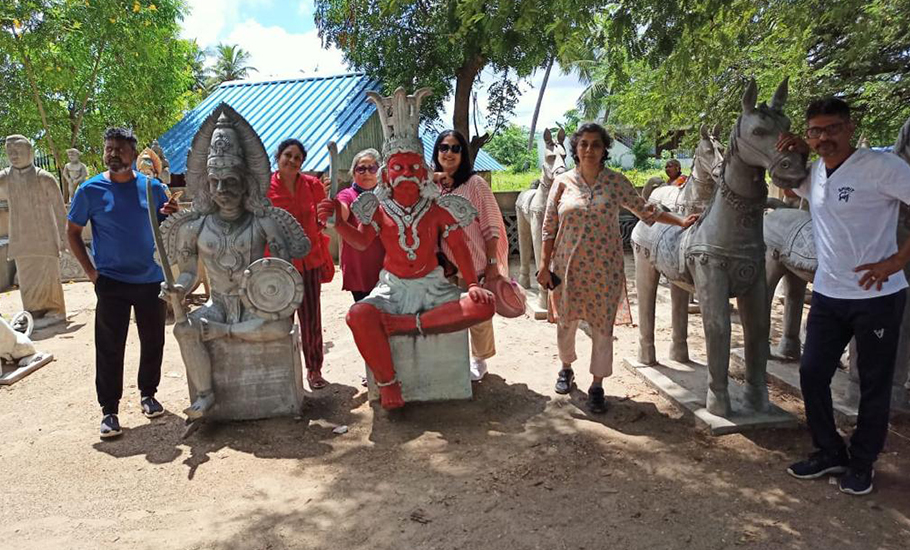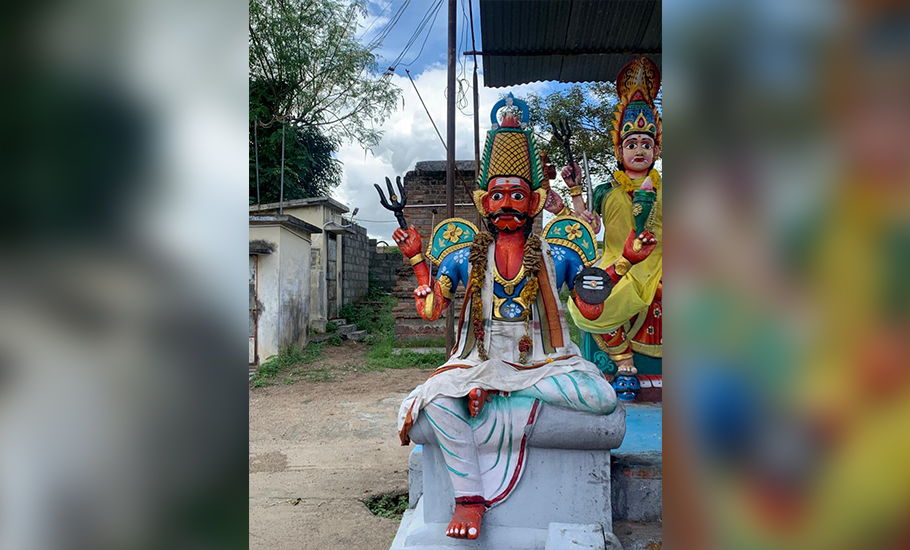
- Home
- India
- World
- Premium
- THE FEDERAL SPECIAL
- Analysis
- States
- Perspective
- Videos
- Sports
- Education
- Entertainment
- Elections
- Features
- Health
- Business
- Series
- In memoriam: Sheikh Mujibur Rahman
- Bishnoi's Men
- NEET TANGLE
- Economy Series
- Earth Day
- Kashmir’s Frozen Turbulence
- India@75
- The legend of Ramjanmabhoomi
- Liberalisation@30
- How to tame a dragon
- Celebrating biodiversity
- Farm Matters
- 50 days of solitude
- Bringing Migrants Home
- Budget 2020
- Jharkhand Votes
- The Federal Investigates
- The Federal Impact
- Vanishing Sand
- Gandhi @ 150
- Andhra Today
- Field report
- Operation Gulmarg
- Pandemic @1 Mn in India
- The Federal Year-End
- The Zero Year
- Science
- Brand studio
- Newsletter
- Elections 2024
- Events
- Home
- IndiaIndia
- World
- Analysis
- StatesStates
- PerspectivePerspective
- VideosVideos
- Sports
- Education
- Entertainment
- ElectionsElections
- Features
- Health
- BusinessBusiness
- Premium
- Loading...
Premium - Events

Six artists search for primordial deities in Tamil Nadu villages

As artists, they met at various arts camps. It was painting over many cups of tea that brought them together. In 2017, they decided to express their ideas collectively. Since then, every year, they would conduct a camp based on a topic and then exhibit the works borne out of the camp together. In 2021, the team of six conducted art camps in Chennai and Tiruvannamalai based on primordial...
As artists, they met at various arts camps. It was painting over many cups of tea that brought them together. In 2017, they decided to express their ideas collectively. Since then, every year, they would conduct a camp based on a topic and then exhibit the works borne out of the camp together.
In 2021, the team of six conducted art camps in Chennai and Tiruvannamalai based on primordial deities who personify the earth. The artists travelled to the remote villages of Tamil Nadu, collecting legends, stories and myths. There were folk deities, megaliths, cave drawings and hero stones. At some places, they found these images being erased, destroyed and replaced by plastic an instant gratification. The prehistoric anthropomorphic figurine in Mottur in Tiruvannamalai, however, gave them hope because it is being worshipped even today in the form of ‘the mother’.
The six artists–Jacob Jebaraj, Asma Menon, Gita Hudson, Kavitha Prasad, Thejomaye Menon and Shailesh Bo–named their thematic art show ‘Gaia & Gramam’ (Gaia in Greek means earth and Gramam in Tamil village). Jebaraj’s “Deity” derives from his observations–anthropological, historical and social. His ‘Ayyanar’ (guardian deity) is a phantasmagoria layered with sensations, language, memory and perceptions. While Shailesh brings in a narrative frame for yogic figures through which he examines the human conditions, Asma Menon says her works for the show reflect her recent travels to villages and sacred groves.

Kavitha’s village guardian deity is the primary recourse of its inhabitants for their collective well-being. Thejomaye’s Mari Amman is powerful and Gita’s paintings tell us how a prehistoric anthropomorphic figurine is being worshipped even today in Tiruvannamalai. The exhibition, ‘Gaia & Gramam’, is on at Laburnum and Indigo Gallery, Cholamandal Artists’ Village, Chennai.
“My paintings for this show are the outcome of a silent but emotional conversation in sacred groves with gods and goddesses of pre-classical times,” said Asma Menon for whom prehistoric ancestral worship was and continues as, ‘The Mother’. “There was no formal religion. Only ‘The Mother’, for both the living and the non-living. Mother and Earth were one. The birth of Gaia & Gramam is in tune with the echoes of our deep faith and beliefs,” she added.
Asma sees that village folk deities grow from the stories of the beginning of the earth, the sun and moon and all the celestial beings, via an oral tradition. “Amman in Tamil encapsulates everything. Her incarnations are many and are worshipped with different names, depending on ‘Gramam’. Mother is an immediate support to villagers, she is never far away, for she is ‘Gaia’. The salt and sugar of the earth,” she said. Titled ‘Sacred Spaces’ and ‘Sacred Spirit’, Asma’s works are the result of her nomadic journeys and explorations through the passage of time.
For artist Jacob Jebaraj, travelling to the villages in search of ancient gods and systems of belief was important. “The journeys that we took to the remote villages as part of the camp were different. We found that each god is associated with a particular tree and it is called ‘Sthala Vriksha’ or monumental tree. Ilupai (butter tree) is associated with Ayyanar, the guardian deity. Ilupai is known for its medicinal power. While the Ayyanar protects the villagers, the Ilupai takes care of the health of people. My painting titled Ayyanar is a reflection of these two elements,” he said.

As he travelled, Jebaraj noticed that huge termite mounds were being worshipped in a village in Tiruvannamalai. The traditional wisdom says the termites are indicators of the source of water. “I was doing my own research after seeing the termite mounds. Like earthworms, termites are a great friend of the farmers. They also eat the dead trees and hence restore the ecosystem. My second work, Deity, derives from the coexistence of nature and god,” said Jebaraj.
Fearsome expressions, vibrant colours and an array of weaponry epitomise the character of the defender of the village against hostile external forces. The journey took artist Kavitha Prasad to her childhood when votive horses in terracotta and other figures were part and parcel of village life. Her works titled “Muthaiyan” and “Kalakolama” are the result of her search for an unending source of energy.
“The village guardian deity is the primary recourse of its inhabitants for their collective well-being. The belief stems from the real or imagined worldly threats beyond the normal controls of the residents. The need to counter forces that stoke fear through counter energies summates the origins of these protective deities. The die is cast between harm and protection,” says Kavitha. The environment, according to her, is psychedelic and the couture distinctive. Accessories are derived from the vernacular and bodily presence designed to invoke awe and respect. “The suggestion of harmful intent is all too clear and serves as a warning to those energies which seek to infringe upon the peace of the land,” she added.
What surprised artist Gita Hudson was a prehistoric anthropomorphic figurine in Tiruvannamalai. “The anthropomorphic figure is more than 2,500 years old. It is a symbolic form of mother (earth). At a time when many temples face ruins due to lack of maintenance, it is surprising to see pooja is being performed here even today. That’s the power of these primordial deities,” said Gita.
Shailesh Bo says the village deities are the numerous spirits and other beings respected as part of the folk tradition in villages throughout South India. “They are found in almost all villages in Tamil, Kannada and Telugu-speaking areas. These deities, mainly goddesses, are intimately associated with the well-being of the village. In my works there is a narrative frame for yogic figures, which are in quest of purity and essence. It is a study of the human condition and of how the same deities change according to his or her location,” he said.
In the villages of Tamil Nadu, goddess Mari Amman is the most superior of all the village deities and is worshipped for protection from all maladies. Mari in ancient Tamil means rain. She is also considered a harbinger of progeny and young women appease her by offering bangles. Thejomaye’s “Mann Magal” (Bhu Devi) is dark and fierce and sometimes menacing and most often caring and giving for those who seek her, always protective.

For Thejomaye, the theme Gaia & Gramam has been an experience of seeing the various forms of worship through the eyes of the villagers. She said the larger than life images dotting the road sides (which we often take for granted and most often ignore) and in the interiors of the villages are proof of the inherent beliefs and the continuing traditions. “Travelling together, sharing our ideas and finally approaching our works in our typical styles have been enriching and the outcome has been well received. Gaia & Gramam will continue to be our theme for a while more till we exhaust our ideas and move on to something else equally exhilarating,” says Thejomaye.
“Yes,” Gita agrees. “We are planning to extend the exhibition in other cities in the coming months so that people from other areas will get a chance to know more about our village deities and belief systems,” she said.
